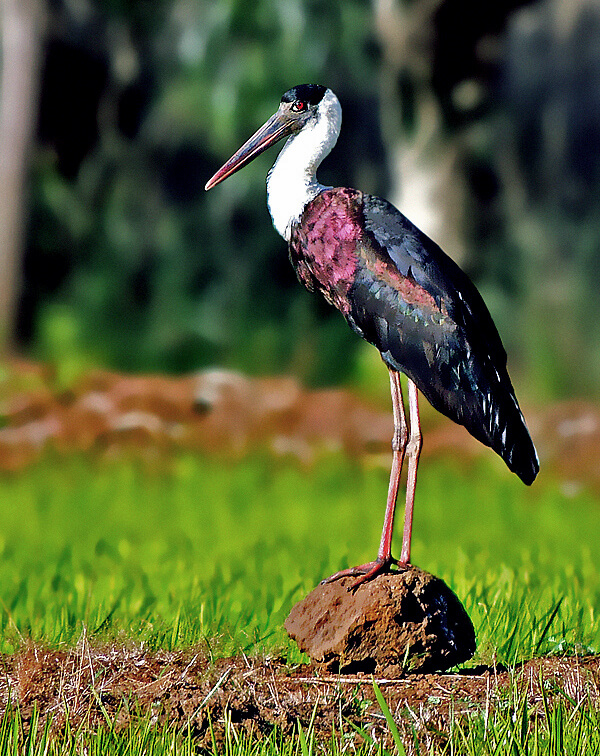Facts About Woolly-necked stork
The woolly-necked stork, commonly referred to as the white-necked stork, is a remarkable large wading bird that belongs to the stork family, Ciconiidae. These birds inhabit a wide array of environments, including marshes, forests, agricultural lands, and wetlands. They tend to breed either solitarily or in small colonies.
This medium-sized bird is easily identifiable by its distinct white neck, red legs, and forked tail. There are three recognized subspecies of the woolly-necked stork, with the African subspecies occasionally regarded as a separate species altogether.
The woolly-necked stork can be found in tropical regions across both Asia and Africa. For nesting, they prefer trees situated near water bodies but have also adapted to using man-made structures such as cell phone towers. Their diet primarily comprises amphibians, reptiles, and insects.
During the breeding season, woolly-necked storks construct nests out of sticks and typically lay between two to five eggs. Conservation initiatives are underway to safeguard the woolly-necked stork, including its inclusion in the Agreement on the Conservation of African-Eurasian Migratory Waterbirds.

 Papua New Guinea
Papua New Guinea